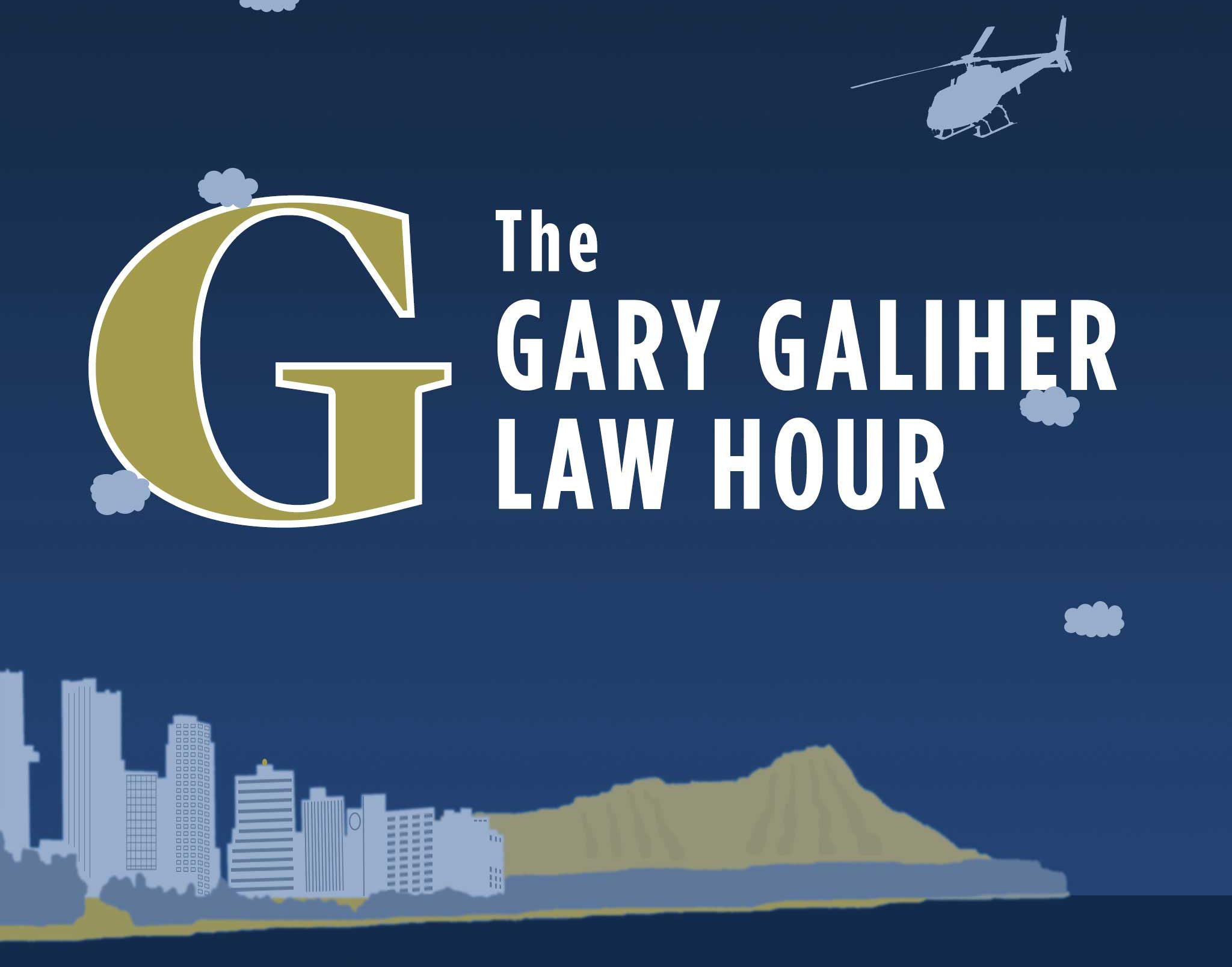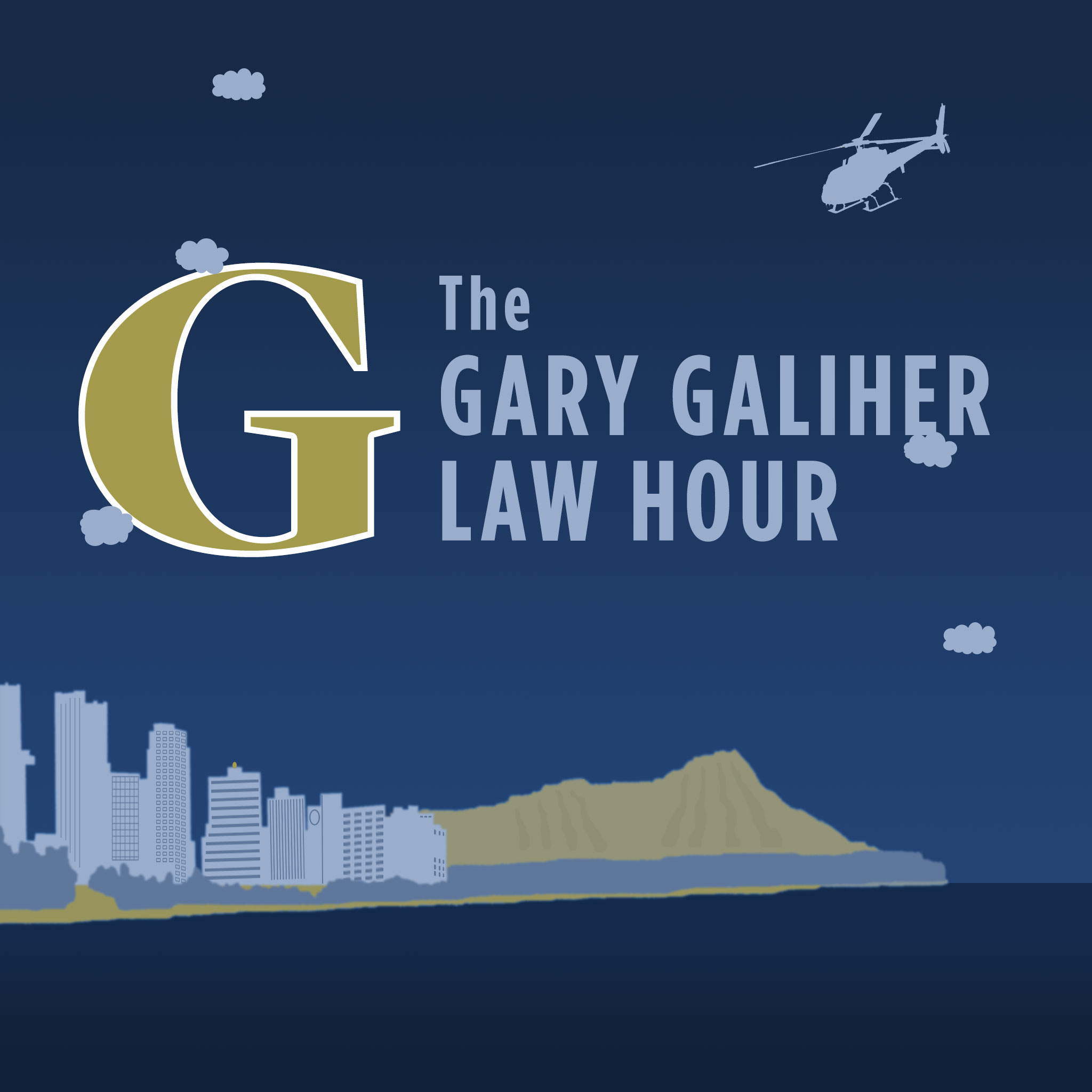In today’s podcast, we’re delving into the subject of food-borne illness and the variety of fascinating subjects surrounding it.
It’s impossible to really know what we put in our mouths. We think we know, but when we buy processed food, we don’t really have a clue as to what’s really going in there.
Even “fresh” food gets doctored with all kinds of bad weirdness to make it keep looking fresh for longer on the shelf and in the fridge. There’s a lot of mystery to what goes in to the manufacturer of food and preservatives. The manufacturers themselves don’t have an inkling as to what much of it really does to us.
There are 30 different pathogens that cause the vast majority of food-borne illnesses. Is that number scary? We sure think so. These are what hospitals test for when somebody presents symptoms of these illnesses.
As A Modern Culture, We’re More Removed From The Food Sources
We rely on supermarkets and big boxes. Many of our products are manufactured by huge, mainland manufacturers. When they send things all over the planet only to make a cupcake look a little cuter, a little longer, and the process contributes to our obesity epidemic, we have to wonder it it’s worth it, or something we want to allow at all.
The manufacturers are trying to keep a finger on the scale, to keep control of how the foods are labeled, so they can keep their profits up. When they tell us “number seven yellow food dye,” is that different from numbers six, or eight? You’d have to dedicate your whole life and career just to staying on top of the cutting edge to understand what these things really mean. The manufacturers we’re talking about anticipate problems with their products and dedicate teams of attorneys to fighting to keep things the same, rather than fix the problems.
We have lots to worry about. Fortunately, it’s not all bad news. We’re also talking about the good guys who fight to keep us safer, scientists who research and push forward the science about diet and human health, lawyers who hold negligent and deceitful players in the food industry accountable, and regulators who withstand the industry pressure to do the wrong things for the public. Tune in and learn about all sides of the matter.




